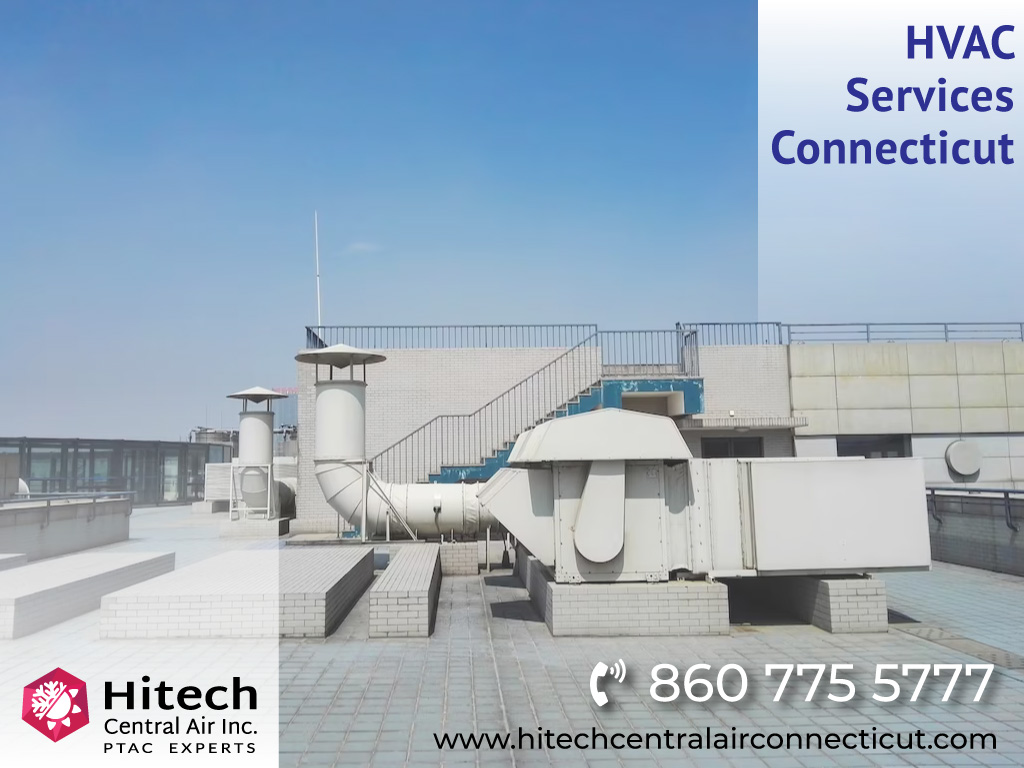Hitech Central Air Connecticut

While "Air Conditioner Plexiglass Installation" might sound like Plexiglass is used in the actual AC unit itself, it's more likely used for specific purposes related to airflow, condensation control, or protection within an Air Conditioner system.
Plexiglass for Airflow Management:
Airflow Barriers: In some cases, Plexiglass sheets can be used as transparent barriers to direct airflow within an AC system. This could be beneficial in:
-
- Large Buildings: Channeling cool air towards specific areas in open floor plan offices or buildings.
- Server Rooms: Separating hot and cold air zones to maintain optimal server temperature.
- HVAC Systems: Creating designated pathways for conditioned air within complex duct systems.
Benefits:
-
- Clarity: Plexiglass allows for visual inspection of airflow patterns within the system.
- Durability: It's strong enough to withstand regular air pressure within the AC system.
- Customization: Sheets can be cut and shaped to fit specific requirements.
Plexiglass for Condensation Control:
Condensation Shields: Plexiglass panels can be strategically placed around areas prone to condensation in an AC unit. This helps to:
-
- Protect Components: Shield sensitive electrical components from moisture damage.
- Direct Moisture Flow: Channel condensation towards designated drainage points.
Benefits:
-
- Water Resistance: Plexiglass is not affected by moisture, unlike materials like wood.
- Transparency: Allows for monitoring of condensation buildup for preventative maintenance.
- Lightweight: Doesn't add significant weight to the AC unit.
Plexiglass for AC Unit Protection:
Custom AC Covers: In some situations, custom covers made from Plexiglass might be installed around exposed AC units. This can provide:
-
- Weather Protection: Shielding the unit from rain, snow, and debris.
- Security: Deterring vandalism or tampering with the AC unit.
- Aesthetics: Creating a sleek, modern look for the AC unit, especially if it's located in a visible area.
Benefits:
-
- Weather Resistance: Plexiglass holds up well against various weather conditions.
- Impact Resistance: Provides some level of protection against accidental bumps or impacts.
- Versatility: Can be tinted or customized with designs for a unique look.
- Plexiglass Thickness: The thickness of the Plexiglass sheet will depend on the specific application. For airflow barriers, a thinner sheet might suffice, while thicker sheets would be needed for impact protection in covers.
- Professional Installation: Plexiglass cutting and installation require specialized tools and techniques. Hiring a qualified glass and glazing company in Connecticut is recommended.
- Building Codes: Some locations might have building codes or regulations regarding the use of Plexiglass in AC systems. It's essential to check with local authorities before installation.







